Blockchain and distributed ledger technologies -- Taxonomy and Ontology
Standardisation of blockchain technologies and distributed ledger technologies.

Standardisation of blockchain technologies and distributed ledger technologies.

Blockchain and distributed ledger technologies -- Legally binding smart contracts
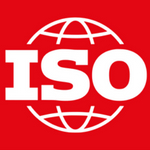
Overview of and interactions between smart contracts in blockchain and distributed ledger technology systems
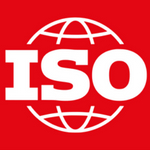
Security management of digital asset custodians
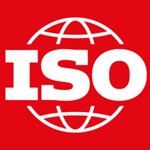
Discovery issues related to interoperability
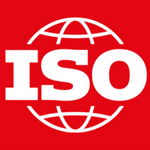
Guidelines for governance
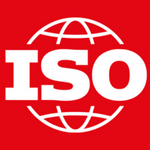
The OASIS AMQP TC advances a vendor-neutral and platform-agnostic protocol that offers organizations an easier, more secure approach to passing real-time data streams and business transactions. The goal of AMQP is to ensure information is safely and efficiently transported between applications, among organizations, across distributed cloud computing environments, and within mobile infrastructures. AMQP avoids proprietary technologies, offering the potential to lower the cost of enterprise middleware software integrations through open interoperability. By enabling a commoditized, multi-vendor ecosystem, AMQP seeks to create opportunities for transforming the way business is done in the Cloud and over the Internet.

The present document provides specifications of infrastructure related ITS services to support communication between infrastructure ITS equipment and traffic participants using ITS equipment (e.g. vehicles, pedestrians). It defines services in the Facilities layer for communication between the infrastructure and traffic participants. The specifications cover the protocol handling for infrastructure-related messages as well as requirements to lower layer protocols and to the security entity.
The present document is part 1 of a multi-part deliverable that define the fourth generation of high-speed data-overcable systems, commonly referred to as the DOCSIS® 3.1 specifications. This specification was developed for the benefit of the cable industry, and includes contributions by operators and vendors from North and South America, Europe, and Asia.
This generation of the DOCSIS® specifications builds upon the previous generations of DOCSIS® specifications (commonly referred to as the DOCSIS® 3.0 and earlier specifications), leveraging the existing Media Access Control (MAC) and Physical (PHY) layers, but with the addition of a new PHY layer designed to improve spectral efficiency and provide better scaling for larger bandwidths (and appropriate updates to the MAC and management layers to support the new PHY layer). It includes backward compatibility for the existing PHY layers in order to enable a seamless migration to the new technology.
The present document is part of a series of specifications that defines the fourth generation of high-speed data-over-cable systems, commonly referred to as the DOCSIS 3.1 specifications. The present document was developed for the benefit of the cable industry, and includes contributions by operators and vendors from North and South America, Europe and Asia.
This document defines terms and establishes an organized set of concepts and relationships to understand the competency requirements for information security assurance conformance-testing and evaluation specialists, thereby establishing a basis for shared understanding of the concepts and principles central to the ISO/IEC 19896 series across its user communities. It provides fundamental information to users of the ISO/IEC 19896 series.

This document provides the minimum requirements for the knowledge, skills and effectiveness requirements of individuals performing testing activities for a conformance scheme using ISO/IEC 19790 and ISO/IEC 24759.
